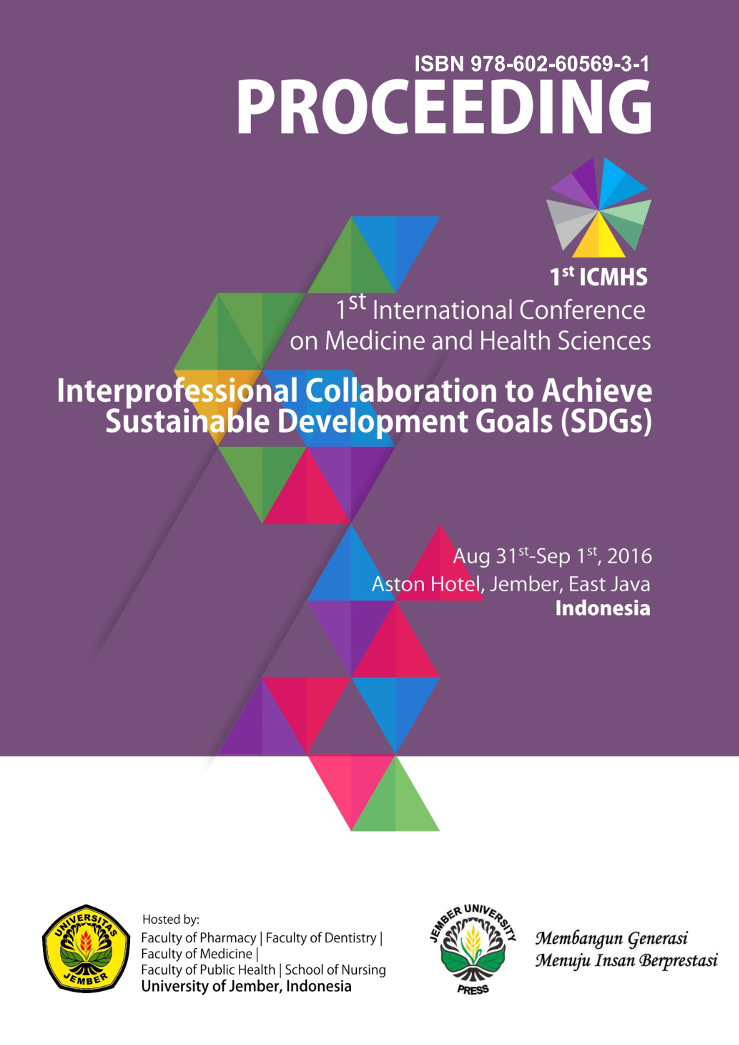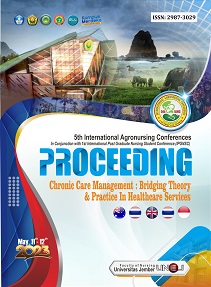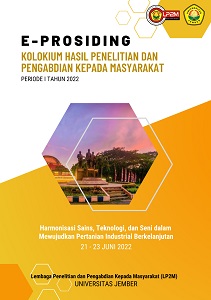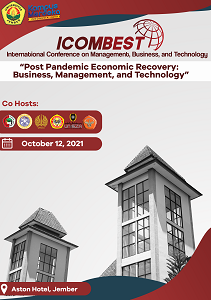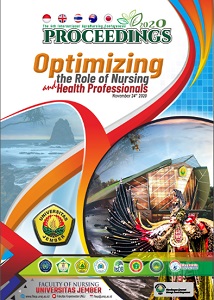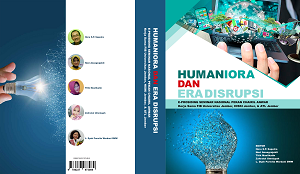GREEN TEA EXTRACT EFFECT ON BLOOD GLUCOSE LEVEL AND LIVER HISTOPATHOLOGY IN DIABETIC MICE
Abstract
Diabetes mellitus is a disorder of hyperglycemia andglucose intolerance due to insulin deficiency,
impaired of insulin receptor or both (Unwin et al.,
2009). There are generally two types of diabetes are
type 1 diabetes (pancreatic beta cell damage caused
absolute insulin deficiency) and type 2 (a
combination of a lack of insulin production and
secretion and sensitivity to insulin receptor) (Dipiro
et al, 2008).
Diabetes mellitus disease is increasing rapidly in
worlwide. The incidences in 2010 were about 285
million people and It has been estimated that by the
year 2025, the global incidence of diabetes would
increase to 350 million (International diabetes
federation, 2006).
In diabetes, activation of hepatic gluconeogenesis
enzymes can increase glucose production and thus
contribute to increase blood glucose which could
deteriorate diabetes (Sundaram et al., 2013). The
state of diabetes characterized by decreased insulin
sensitivity is the major cause of NAFLD (Non -
Alcoholic Fatty Liver Disease), because in diabetes
state occurs disorders of glucose metabolism and fat
so that could result in fibrosis, infiltration,
necroinflamation, to acute liver disease (Marchesini
et al., 2001).
Treatment of diabetes mellitus is chronic and long
life, causing undesirable side effects (Unwin et al.,
2009). Metformin is an oral hypoglycemic agent,
which belongs to the class known as the biguanides.
Metformin is now widely used as one of the
mainstays in the management of type 2 diabetes.
Metformin reduces fasting plasma glucose
concentration by reducing rate of hepatic glucose
production via gluconeogenesis and glycogenolysis.
Metformin improves glycemic control as
monotherapy and in combination with other oral
antidiabetic agents, such as sulfonylureas and
thiazolidinediones (Frendell et al. 2003).
Several plant extracts are known to have antidiabetic
properties and a large number of compounds from
plant extracts have been reported to have beneficial
effects for treatment of diabetes mellitus (Anhauser,
2003). Tea (Camellia sinensis L.) is one of plant that
can decrease blood glucose. Green tea is produced
by enzymatic inactivation of the leaves of Camellia
sinensis followed by rolling or comminution and
drying. In the manufacturer of green tea, the
enzymatic inactivation achieved by steam or pan
firing treatment to preserve natural polyphenols
with respect to the health promoting properties.
Green tea derived products are mainly extracts of
green tea in liquid or powder form varying in the
proportion of polyphenols (45-90%) and caffeine
content (0.4-10%). The polyphenolic fraction of
green tea, has been reported to have multiple
pharmacological actions (Sano et al., 1995).
Green tea is an excellent source of polyphenol
antioxidants, known as green tea catechins. The
important catechins of green tea are epicatechin
(EC), epicatechin-3-gallate (ECG), epigallocatechin
(EGC) and epigallocatechin-3-gallate (EGCG). The
polyphenolic fractions of green tea have been
reported to have multiple pharmacological actions.
They exhibit potent antioxidant activity in vitro and
in vivo. Epidemiologic observation and laboratory
studies have indicated that polyphenolic compounds
present in the tea may reduce the risk of a variety of
illnesses, including cancer and coronary heart
disease (McKay and Blumberg 2002).
Some studies suggest that green tea extract lowered
cholesterol levels and blood glucose on mice and rat
(Yang et al., 2001). Green tea extract at dose of
300mg /kg /day can lower blood glucose in diabetic
rats and was also able to reduce the lipids in heart
defects (Babu et al., 2006). Blood glucose lowering
activity of green tea was greater and total
polyphenol content was higher when compared with
black tea and oolong tea (Holidah et al., 2015).
Published
2017-01-27
How to Cite
HOLIDAH, Diana; CHRISTIANTY, Fransiska Maria; ILMA, Wilda Zidni.
GREEN TEA EXTRACT EFFECT ON BLOOD GLUCOSE LEVEL AND LIVER HISTOPATHOLOGY IN DIABETIC MICE.
UNEJ e-Proceeding, [S.l.], p. 35-38, jan. 2017.
Available at: <https://jurnal.unej.ac.id/index.php/prosiding/article/view/3885>. Date accessed: 22 dec. 2024.
Section
General

